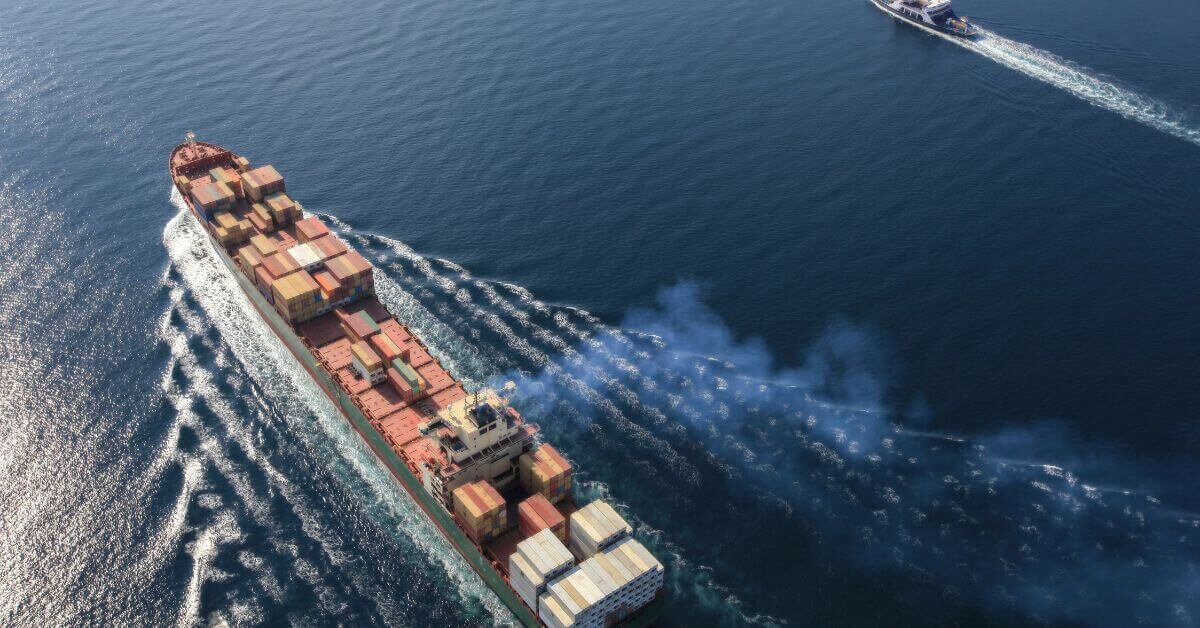In the second of ITCO’s series of Industry Bulletins on the impact of the introduction of US tariffs, we highlight the introduction of fees on China-linked vessels. There is also a link to a recent ICIS Chemical Think Tank Podcast.
USTR finalises fees on China-linked vessels
“On April 17, the United States Trade Representative (USTR) issued the final notice of action following its investigation into China’s shipbuilding and logistics sector. According to the USTR draft Federal Register notice, the USA will begin charging fees on Chinese-owned, operated, and built vessels arriving at its ports in October 2025.
These actions come after a year-long Section 301 investigation, which included USTR convening a two-day public hearing, receiving nearly 600 public comments, and consulting with government agency experts and USTR cleared advisors. Albeit dialled back from the original fees proposed in February 2025, the costs remain substantial and will be implemented in two stages.
Effective October 14, 2025, fees will be added to vessels with Chinese operators or owners. The fees will be based on net vessel tonnage, increasing incrementally over time: Fees will begin at USD50 per net ton of the arriving vessel and will move up to USD140 per net ton over the course of three years. These will be collected at the first US port call of affected vessels on a particular string.
For China-built ships, fees will be based on net tonnage or containers, increasing incrementally over the following years. Fees will begin at USD18 per net ton of the arriving vessel and will move up to USD33 per net ton over the course of three years. Alternatively, fees will be charged based on containers discharged, starting at USD120 per container, and increasing to USD250 per container. The higher of the two fees will be due.”
Sources: PSA BDP and Project & Heavy Lift International.
Think Tank: Focus on markets, customers to survive trade war chaos
Episode Description
Chemical companies need a razor-sharp focus on identifying and nurturing markets and customers as the trade war pulls apart decades of established ways of doing business.
– Cheap material being offered to Europe from Asian countries outside China
– We are witnessing the breakup of the post-World War 2 Western Alliance
– CEOs now have 90-day window of opportunity for scenario planning
– Uncertainty about tariffs makes it difficult to plan
– Focus on locating markets and customers amid the chaos
– Major economies threatened with recession
– Asset bubbles may be deflating
Key Take-Aways
There are going to be some major shifts in trade patterns. 20% of US polyethylene exports go to China. With tariffs and new capacity coming on stream in China this year, this trade will stop and have to find markets and customers elsewhere. It seems unlikely that Brussels will let the product come to Europe.
For aromatics there has been a traditional inflow of benzene to the US, and exports of styrenics. This will stop.
China relies on US ethane and propane to run their crackers and PDH plants. They will be challenged to find alternative sources
The US automotive industry…a major consumer of chemicals…is unable to plan because of a lack of clarity and rules on content
There is speculation that the US could introduce capital controls over the next 18 months!!!!! This would mean restrictions on taking $$$ out of the country.
The new car market is likely to decline…and used car market pick up, as customers delay purchases of new vehicles
There’s plenty of supply…the problem is demand. Stay very close to your customers…
Source: ITCO






